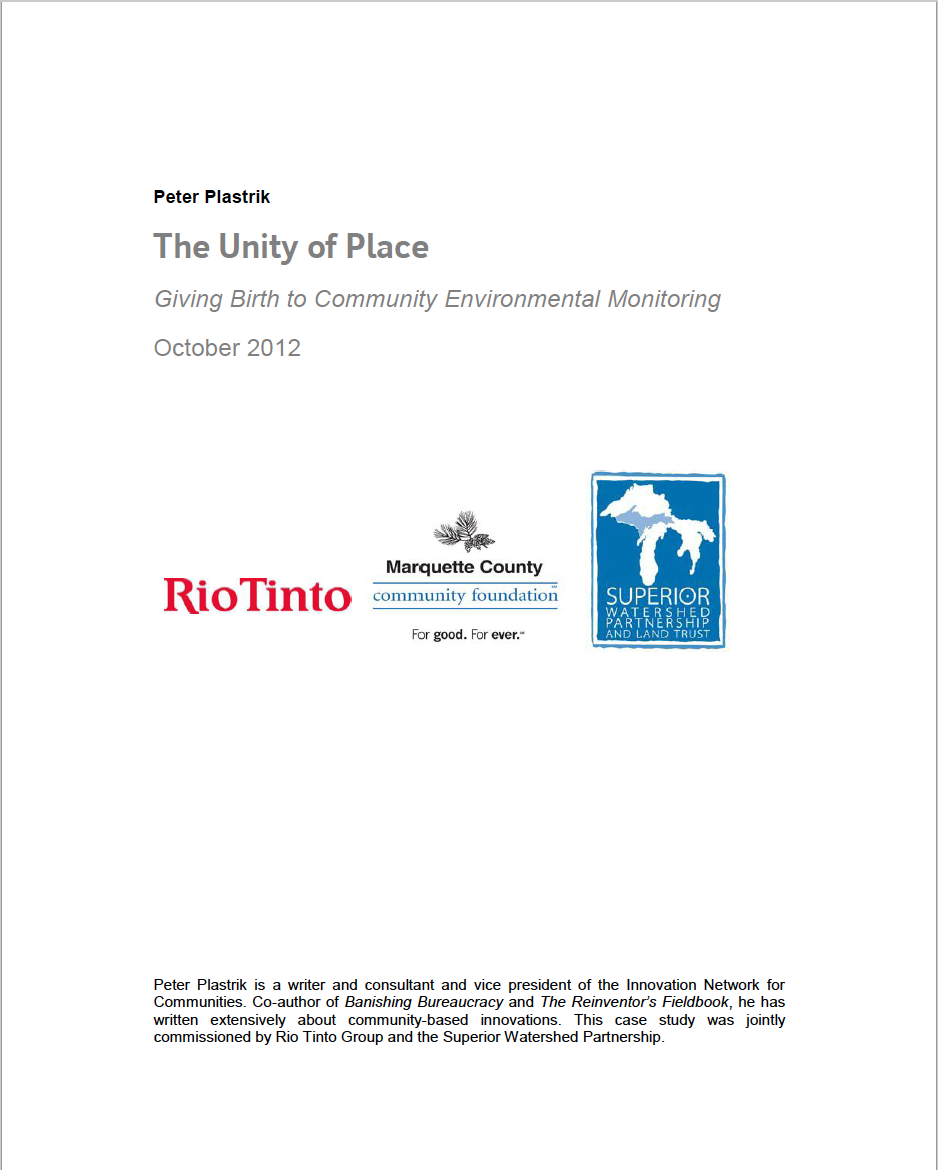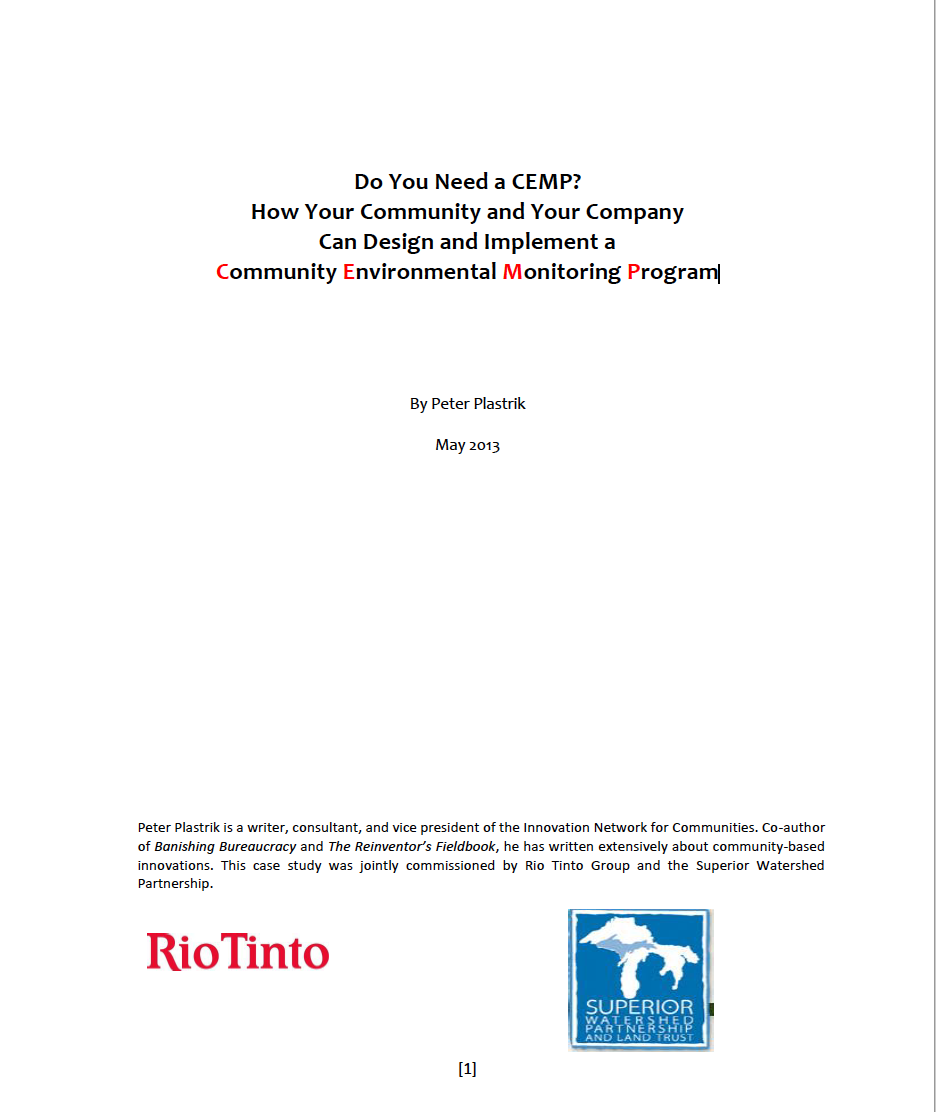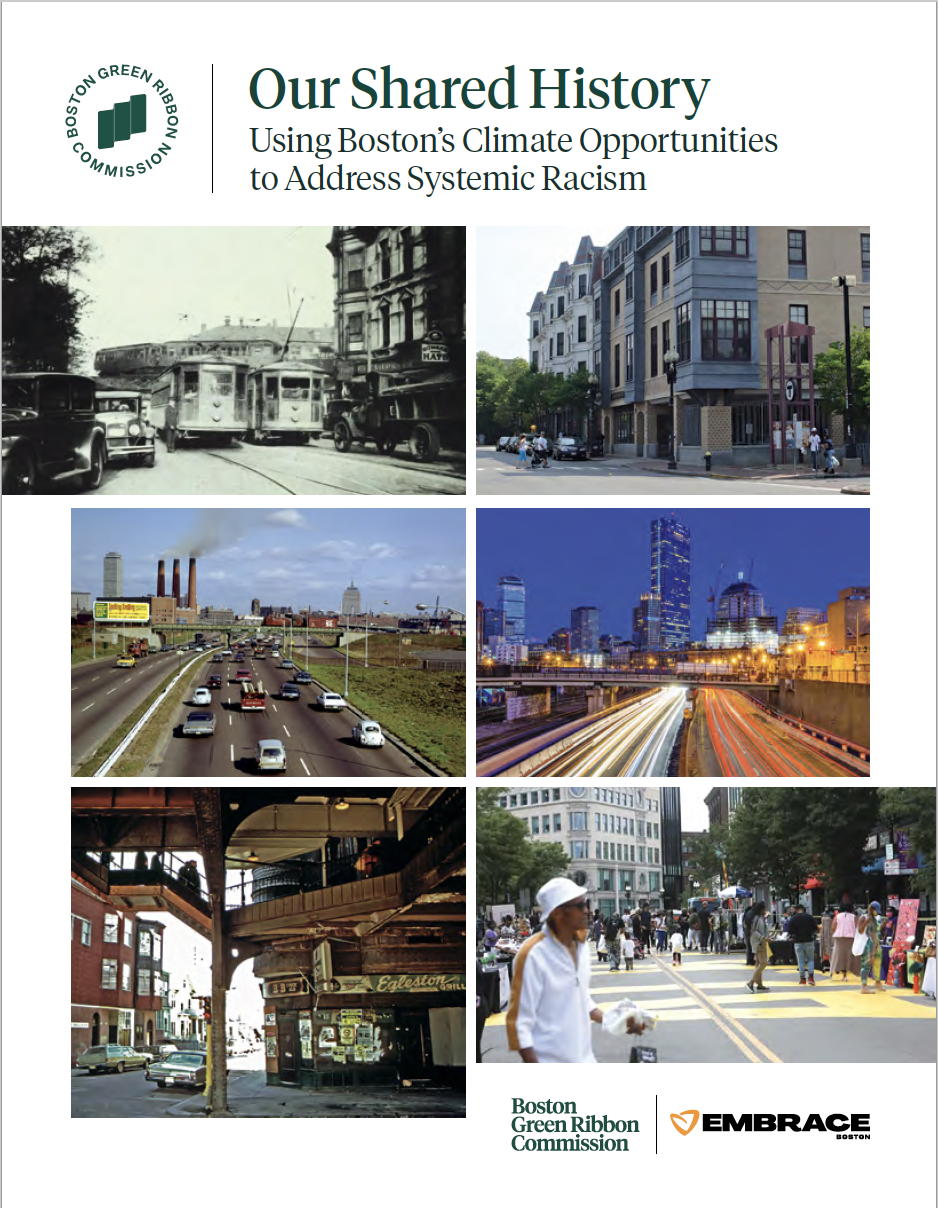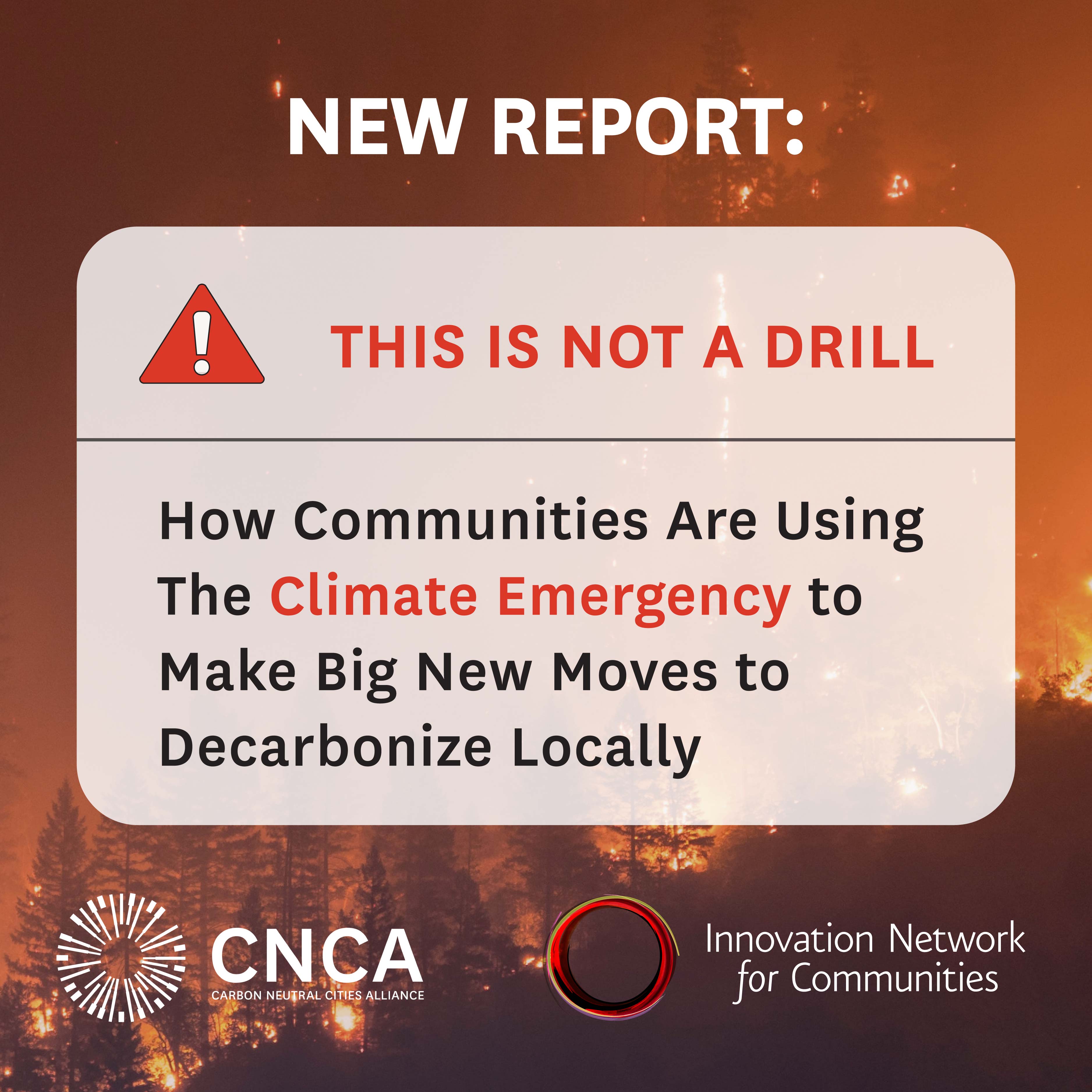Reports
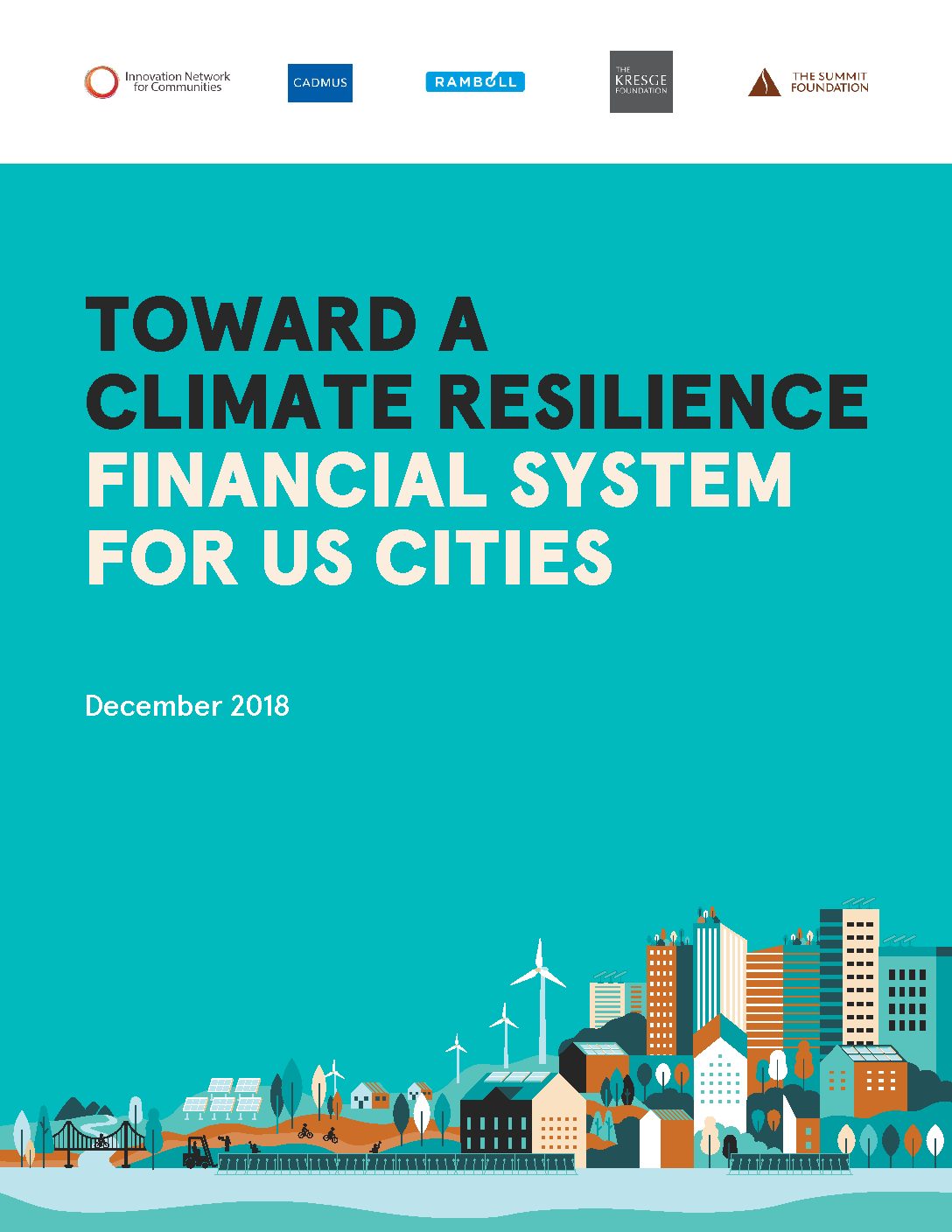
Toward a Climate Resilience Financial System for US Cities
This research report, by the Innovation Network for Communities, Cadmus Group LLC, and Ramboll, seeks to identify ways to accelerate the development and growth of public and private financial resources that US cities can use to implement climate resilience plans and projects.
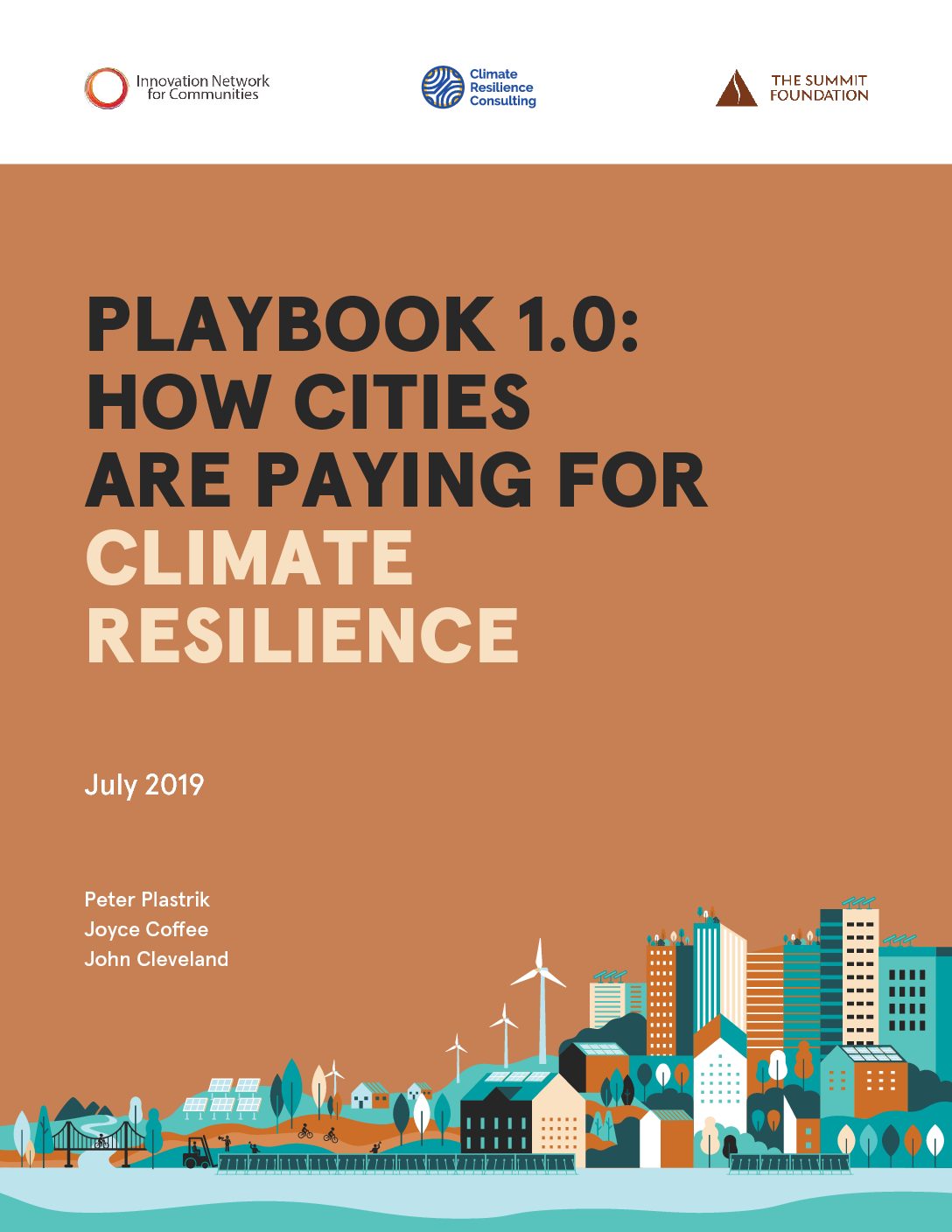
Playbook 1.0 How Cities Are Paying for Climate Resilience
This 2019 report by Innovation Network for Communities and Climate Resilience Consulting identifies eight distinct strategies cities are using to pay for large-scale climate-resilience projects, mostly to address sea level rise and flooding. These strategies amount to an initial approach—Playbook 1.0—for deciding who will pay what and how city governments will generate the needed revenue. Our analysis is based on a close look at how eight US cities in seven states have been organizing the funding needed to implement their ambitious climate-resilience plans. They are among a small number of cities that have gotten this far.
Each of these cities has had to find its own way to public and private financial resources, because there is no system in place for solving the problem of how to pay for climate resilience—no cost-sharing arrangements, for instance, for resilience infrastructure across local, state, and federal levels of government. The cities are involuntary pioneers faced with growing climate hazards and exposure that require more money for resilience.
Examining these cities’ pathways revealed common strategies that, while only reflecting the leading-edge of urban climate-resilience financing practices, quite likely foreshadow what other cities already or may do. These strategies form the content of Playbook 1.0. But the pathways also suggest the limits of what cities are able to do, with important implications for the continuing evolution of the urban playbook for climate-resilience finance.

How Can Cities Use Investments in Climate Resilience to Generate Economic Benefits for Low-Income Neighborhoods?
Our research team looked for ways that public investments in climate resilience could also respond to the economic needs of low-income neighborhoods by increasing the disposable income of households in the neighborhood and boosting residents’ collective influence over city systems that affect their economic capabilities and opportunities. This report details four findings from that research.
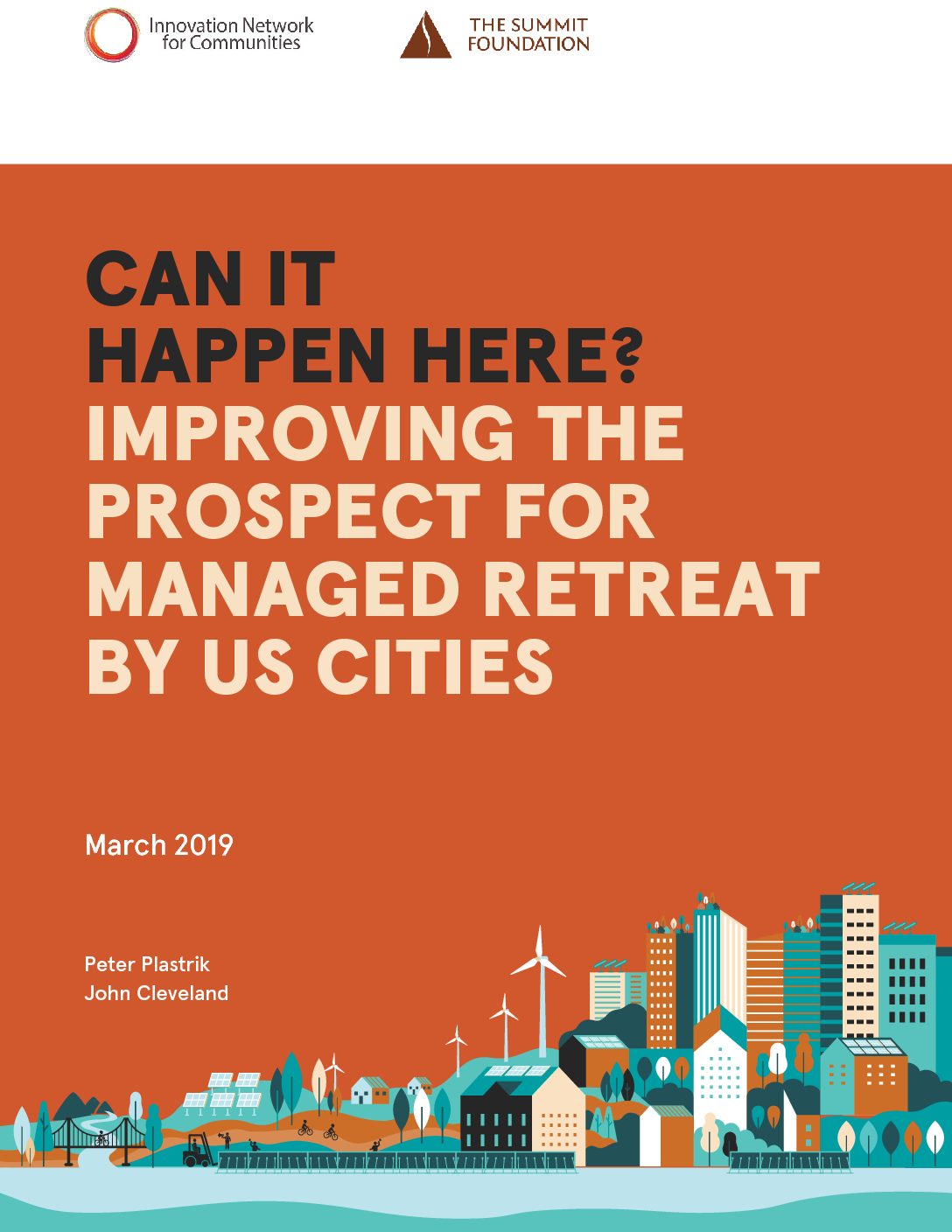
Can It Happen Here? Improving the Prospect for Managed Retreat By US Cities
This research report by the Innovation Network for Communities provides city government and civic leaders with new reasons to consider the use of managed retreat as a way to strengthen their cities’ climate resilience.
It examines the role that managed retreat will increasingly play as more and more cities wrestle with how to deal with the growing risks of destructive climate changes. It is organized around three insights:
- Many cities will not be able to avoid retreat, but they can choose what kind of retreat to have.
- There is an emerging roadmap for generating community acceptance of managed retreat as part of building a city’s climate resilience.
- Until more cities seriously consider using managed retreat, it is unlikely that crucial support from state and federal governments will occur on other than a sporadic, special-case basis.
Book Reviews
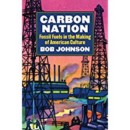
Carbon Nation: Fossil Fuels in the Making of American Culture
Author: Bob Johnson
Published: 2014 – Buy the book »
Historian Bob Johnson examines the start of the fossil-fuel revolution in the US in the 1800s and shows how it created more than a new energy economy. A new American culture came into being. “We became a people of prehistoric carbon between 1885, when the United States experienced its first energy crisis, a ‘crisis of abundance,’ . . . and 1970, when we experienced a second, more depressing crisis of malaise,” Johnson explains. “In these years . . . prehistoric carbons grafted themselves onto and embedded themselves deep with the American self.”
Johnson mines historic materials to make his case–much as we found, in researching our forthcoming book, Life After Carbon, that examining the interconnected rise of the fossil-fuel economy and the modern city was driven by new ideas that became deeply embedded in urban development and global urbanization. And, as he points out toward the end of Carbon Nation, what became embedded in the modern self–the ideas, feelings, symbols, art, and so on–can be hard to change.
“The urge to look sideways at our energy dependencies goes well beyond unhampered propaganda and lax political contribution laws. It also derives from the fact that most Americans–on the political right and left and in the center–have very strong short-term incentives to want to believe that the status quo can be maintained.” Certainly the same is true about the underlying model–the assumptions–for modern urban development. Johnson continues: “To imagine life without prehistoric carbons . . . means engaging ourselves in the very messy and uncomfortable work of finding out who we are and what we might be without combusting fuels.” This is precisely what cities that have been most aggressive about decarbonizing themselves are discovering: the work is not just about technical solutions that reduce GHG emissions; it’s about reimagining the city’s identity and future.
Johnson makes another point about carbon culture in the U.S. that seems fresh. The rise of the fossil-fuel economy in the early 18th century occurred before Americans had experienced the limits of exploiting natural ecosystems–and the pain of economic contraction–that Europeans had already been through. In the US there was still much more land, trees, minerals and the like to consume. Americans evaded “the logic of organic constraints felt so viscerally in more land-strapped early modern regions such as England, France, Germany, Japan, and China.” As a result, Johnson concludes, “Americans became subsequently vaccinated against talk of ecological constraints.”
Climate change presents a great challenge to this nation’s deeply held cultural aversion to ecological limits. No wonder Johnson says that “disentangling ourselves from prehistoric carbon implies, in other words, that we are willing to cleave off a part of ourselves.”
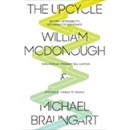
The Upcycle: Beyond Sustainability–Designing for Abundance
Author: William McDonough and Michael Braungart
Published: 2013 – Buy the book »
“If human beings were to devise products, tools, furniture, homes, factories, and cities more intelligently from the start, they wouldn’t even need to think in terms of waste, or contamination, or scarcity. Good design would allow for abundance, endless reuse, and pleasure.” This is the basic idea that architect William McDonough and chemist Michael Braungart offer in The Upcycle. Endless reuse is their language for what’s now being called the “circular economy”–a concept applied design of products, workplaces, industries, and cities. In short, food=waste=food.
The Upcycle lays out an elegant conceptual framework for achieving this inspiring vision. As President Bill Clinton says in the foreword: “The optimist says the glass is half full and the pessimist says it’s half empty. Bill and Michael say it’s always totally full–of water and air–and they are constantly working to share that full glass with more people, to make it even bigger, and to celebrate the abundance of things that enable us to thrive.”
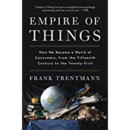
Empire of Things: How We Became a World of Consumers, from the Fifteenth Century to the Twenty-First
Author: Frank Trentmann
Published: 2017 – Buy the book »
“Our lifestyles, and their social and environmental consequences, should be the subject of serious public debate and policy, not left as a matter simply of individual taste and purchasing power. . . . Such a debate has to be bold and envisage different lifestyles and the concomitant changes to housing, transport and culture. It will need more people to remember that, as consumers, they are citizens and not just customers.”
With these words, distinguished historian Frank Trentmann draws his magisterial 2017 book, Empire of Things, to a close. The book’s subtitle, How We Became a World of Consumers, from the Fifteenth Century to the Twenty-First, describes Trentmann’s ambition, which has global scope. He uncovers the historical roots of our modern consumer society, starting in the 1600s, partly by mining an enormous amount of data from an amazing array of sources, and partly by recognizing what came before it. A big shift occurred when wealthy Europeans in cities turned away from an idea that had guided previous generations, Aristotle’s praise for the use of private wealth as, Trentmann says, “a sign of civic virtue and pride in a community governed and defended by like-minded brave, propertied citizens. . . . The admired life was that if the active citizen who increased the splendor and strength of his city by erecting monumental buildings, commanding an army and sponsoring communal feasts and public works. Large-scale consumption was safe—and could be enjoyed—when it occurred in the pursuit of such public ends.”
Citizen-consumers. Consumers as virtuous citizens—taking responsibility for the social and ecological consequences of their consumption. A fantasy, perhaps, but as Trentmann’s project shows, what we feel and think about consumption, and the ways we consume, have not been fixed. They evolved and will continue to evolve.
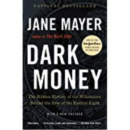
Dark Money: The Hidden History of the Billionaires Behind the Rise of the Radical Right
Author: Jane Mayer
Published: 2016 – Buy the book »
Mayer’s book describes the sophisticated three-decade strategy of a network of the world’s richest people (many, but not all, of whom made their wealth in the fossil fuel industry) to engineer the political and regulatory system in a way that advances their corporate interests, and their extreme right-wing ideologies. The network is led by the Koch family, whose patriarch was a founder of the John Birch Society. But it also includes multiple other billionaires, including Mellon heirs, the Coors and DeVos families and Wall Street players like Steven Cohen, Paul Singer and Stephen Schwarzman. They have invested billions of dollars in a byzantine network of non-profit institutes and lobbying organizations (including such well-known players as the Heritage Foundation, ALEC, Americans for Prosperity) designed to advance “free market” philosophies—including a robust denial of climate change, its origins, and effects. Dark money set up the ascendency of Donald Trump, who has fully embraced the network and brought many of its players into its administration. (See this great post by George Monbiot on some aspects of this integration.) This is the scale of opposition that climate leaders are up against and the scale of resources that will be needed to defeat them.

Fossil Capital: The Rise of Steam Power and the Roots of Global Warming
Author: Andreas Malm
Published: 2016 – Buy the book »
Malm, who teaches human ecology at Lund University in Sweden, provides deep research and meticulous arguments to conclude that economic interests, the logic of profit-seeking capitalists in 18th and 19th century Britain, drove the use of coal to power steam engines to run the new factory machinery of the Industrial Revolution, and triggered the enormous expansion in fossil-fuel burning that has resulted in climate change.

How Paris Became Paris: The Invention of the Modern City
Author: Joan DeJean
Published: 2015 – Buy the book »
With remarkable historical evidence and a witty approach, DeJean, Trustee Professor of Romance Languages at the University of Pennsylvania, examines how planned developments in the 17th century gave Paris its modern identity and introduced new, enduring ideas about the design and use of urban public space.
Sites We Use All the Time
The Daily Climate – Free subscription
The Daily Climate is an independent media organization working to increase public understanding of climate change, including its scope and scale, potential solutions and the political processes that impede or advance them. The Daily Climate does not espouse a political point of view on the news but instead reports the issue to the best of our ability. Editorial integrity is the foundation of our mission. Our reporting, editing and publishing adheres to the highest standards of journalism, including honesty, accuracy, balance and objectivity. The Daily Climate’s aggregation represents the news of the day, irrespective of the opinion or viewpoint expressed, or whether or not material in the article is consistent with our understanding of current science.
Citiscope – Free subscription
Citiscope‘s mission is to spur innovations to help cities work better for all of their people through the power of independent journalism. Today’s global media, for all its diversity and assets, suffers clear market failure on issues of immense concern to city builders and reformers everywhere. The prevailing focus, in print and broadcast, is on politics, central governments’ policies, personalities, and disasters. Digital media are picking up some of the slack, but long-term, focused coverage is still insufficient. Citiscope seeks to fill some of the gap and act as a conduit of experimentation to public officials, administrators, and decision-makers of cities worldwide.
We got to know RBD well after it designed and managed the successful Rebuild By Design competition in New York City after Superstorm Sandy.
Rebuild by Design convenes a mix of sectors – including government, business, non-profit, and community organizations – to gain a better understanding of how overlapping environmental and human-made vulnerabilities leave cities and regions at risk. Rebuild’s core belief is that through collaboration our communities can grow stronger and better prepared to stand up to whatever challenges tomorrow brings. Through a partnership with 100 Resilient Cities (100RC), Rebuild’s collaborative research and design approach is helping cities around the globe achieve resilience.

